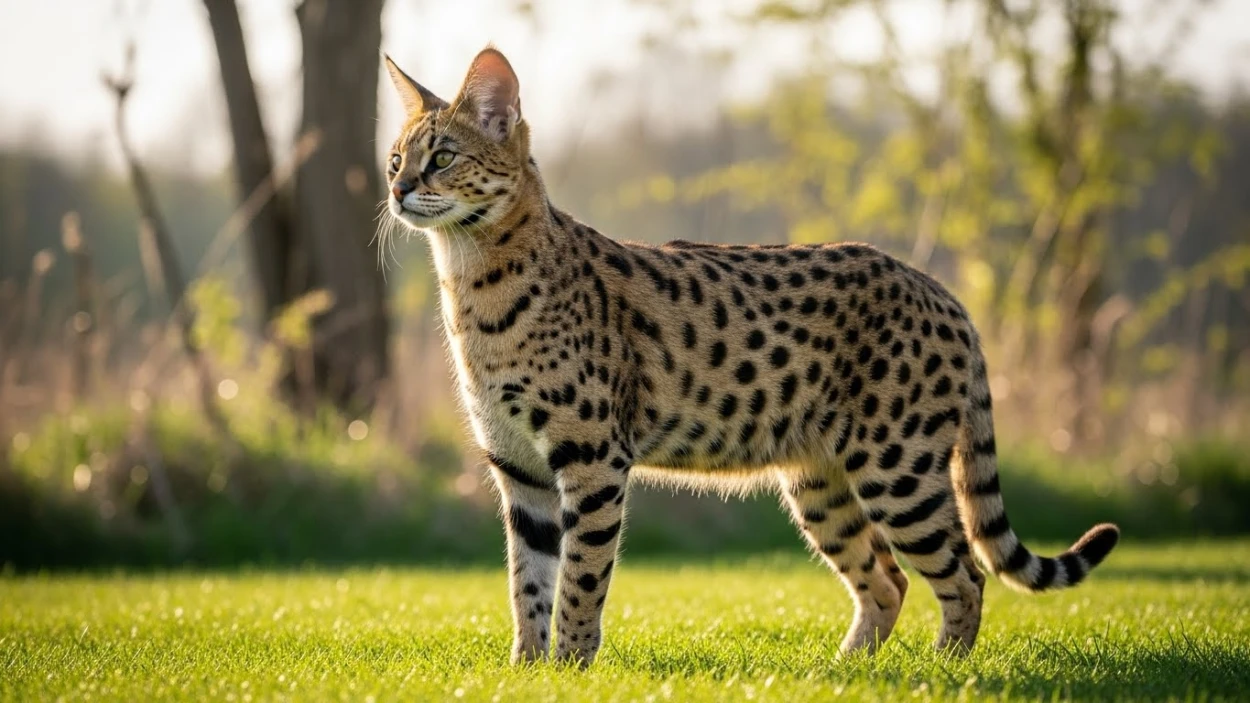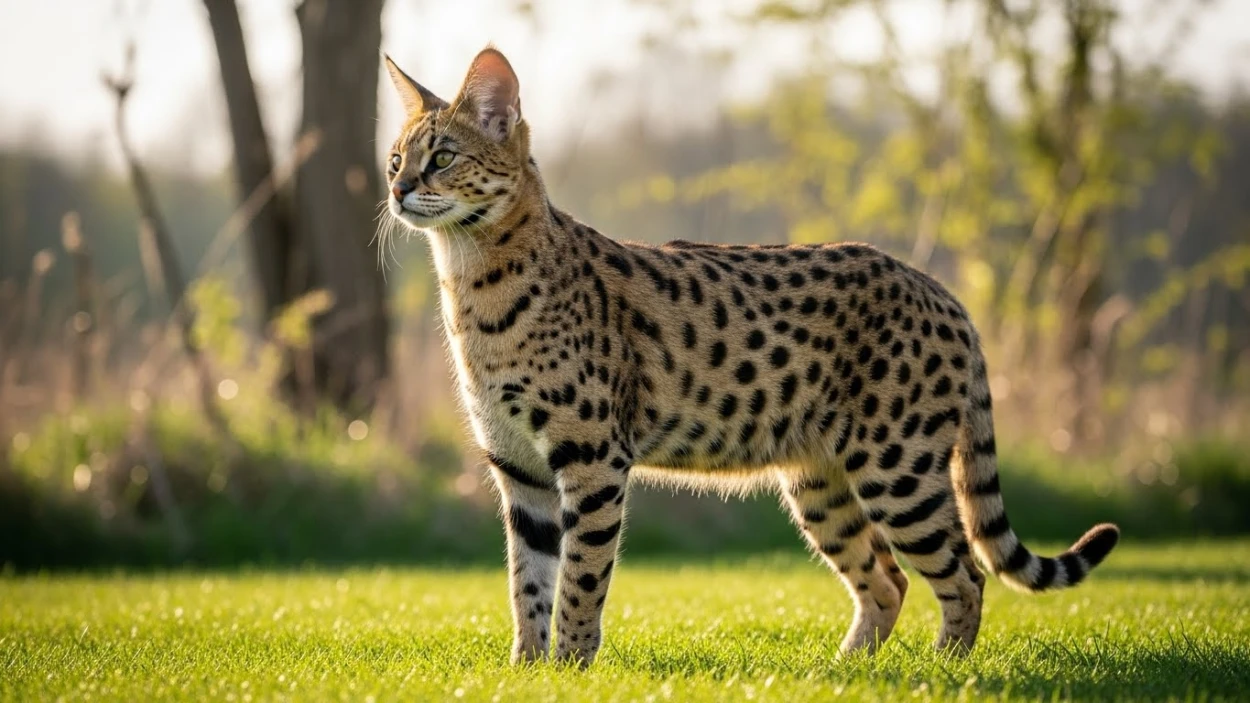French Bulldogs are beloved canine companions known for their charming personalities and distinctive appearance. If you're considering breeding French Bulldogs or simply curious about their reproductive capabilities, you might be wondering, "How many puppies can a French Bulldog have?" In this comprehensive guide, we'll delve into the factors that influence litter size, the breeding process, and essential considerations for both breeders and pet owners.

Introduction
French Bulldogs, characterized by their compact size and endearing "bat ears," have become increasingly popular pets in recent years. As a result, questions about their reproduction have gained prominence. Let's explore the intriguing world of French Bulldog litters and uncover the factors that influence their size.
Understanding French Bulldog Reproduction
The Estrus Cycle
The journey to a French Bulldog litter begins with the estrus cycle, commonly known as a dog's heat cycle. This cycle typically occurs twice a year and is marked by distinct behavioral and physiological changes.
Ovulation and Fertilization
During the estrus cycle, ovulation takes place, offering a narrow window for successful fertilization. Mating should ideally occur within this timeframe to increase the chances of conception.
Gestation Period
Once fertilized, the embryos travel to the uterus, where they implant and develop. The gestation period for French Bulldogs is approximately 63 days, during which proper care and nutrition are vital.
Factors Affecting Litter Size
Genetics and Bloodlines
The genetic makeup of the parents plays a significant role in determining litter size. Bloodlines with a history of larger litters may increase the likelihood of more puppies.
Age and Health of the Dam
A dam's (female dog's) age and overall health directly impact litter size. Younger and healthier dams tend to have larger litters compared to older or less healthy ones.
Nutrition and Care
Providing optimal nutrition and prenatal care is crucial for a successful pregnancy. High-quality food, supplements, and regular veterinary check-ups contribute to healthier litters.
Breeding French Bulldogs: Best Practices
Choosing Compatible Mates
Selecting suitable mates involves careful consideration of both physical attributes and temperament. Responsible breeding aims to enhance desirable traits while minimizing potential health issues.
Monitoring the Pregnancy
Once pregnancy is confirmed, attentive monitoring ensures the dam's well-being. Regular veterinary visits help track the puppies' development and address any concerns.
Preparing for Whelping
Creating a safe and comfortable whelping environment is essential. A whelping box with appropriate bedding and temperature control aids in a smooth birthing process.

Litter Size Variability
Average Litter Size
On average, French Bulldogs have litters ranging from 3 to 4 puppies. However, variations are common, and factors such as genetics and dam's age contribute to these differences.
Variations and Anomalies
While most litters fall within the typical range, smaller or larger litters can occur. Extremely large litters may necessitate additional care and attention.
Caring for a Large Litter
Nutritional Requirements
Dams with larger litters require enhanced nutrition to support both their own health and the puppies' growth. Consultation with a veterinarian ensures appropriate dietary adjustments.
Socialization and Individual Attention
Raising a larger litter demands focused socialization efforts. Providing individual attention to each puppy promotes healthy development and positive behavior.
Whelping Process and Postnatal Care
Signs of Impending Labor
Observing the dam for signs of labor is crucial. Restlessness, nesting behavior, and a decrease in body temperature often indicate labor is imminent.
Assisting During Whelping
While most French Bulldogs can whelp naturally, some may require assistance. Understanding when and how to intervene ensures the safety of both the dam and the puppies.
Postnatal Care for Dam and Puppies
After whelping, postnatal care includes monitoring the dam's health, ensuring proper lactation, and observing the puppies' growth and behavior.
Potential Challenges and Complications
Dystocia: Difficult or Stalled Labor
Dystocia refers to difficult or stalled labor, which can occur due to various reasons. Timely veterinary intervention is crucial to safeguard the well-being of the dam and the puppies.
Cesarean Sections
In some cases, cesarean sections may be necessary if natural whelping poses risks. Veterinary expertise and careful planning are essential for a successful procedure.
Breeding Ethics and Responsibility
Health Screening and Testing
Responsible breeding involves comprehensive health screenings and genetic testing to minimize the risk of passing on hereditary health issues.
Avoiding Overbreeding
Ethical breeding practices prioritize the well-being of the dogs. Overbreeding can lead to health problems and should be avoided.
Conclusion
In conclusion, the question "How many puppies can a French Bulldog have?" is influenced by a variety of factors, including genetics, age, health, and proper care. While the average litter size falls between 3 to 4 puppies, variations are common. Responsible breeding practices, attentive care during pregnancy and whelping, and a focus on the well-being of both the dam and the puppies are key to a successful and fulfilling breeding experience.
FAQs
Q1: Are French Bulldogs prone to smaller litters?
French Bulldogs do tend to have smaller litters compared to some other breeds, but variations can occur.
Q2: Is it common for French Bulldogs to require a cesarean section?
While many French Bulldogs can whelp naturally, cesarean sections may be needed in certain cases.
Q3: Can I breed my French Bulldog every time she goes into heat?
Breeding should be approached with caution, and frequent breeding can have negative health consequences. Consult with a veterinarian.
Q4: What should I do if my French Bulldog experiences difficult labor?
If labor is prolonged or challenging, seek immediate veterinary assistance.
Q5: Is it possible to predict the exact number of puppies in a litter?
Predicting the exact number of puppies is challenging due to various factors at play, including genetics, health, and other variables.
Q6: How can I ensure the health of the puppies during and after birth?
Providing a clean and safe whelping environment, monitoring the dam's health, and offering proper nutrition are essential for healthy puppies.
Q7: What are some common hereditary health issues in French Bulldogs?
French Bulldogs can be prone to certain health concerns, such as brachycephalic syndrome and hip dysplasia. Responsible breeding practices can help mitigate these risks.
Q8: At what age can I start breeding my French Bulldog?
It's recommended to wait until a French Bulldog is at least two years old and has passed health screenings before considering breeding.
Q9: How can I socialize a larger litter of puppies effectively?
Socialization involves exposing the puppies to various people, sounds, and environments. Providing individual attention and positive experiences contribute to successful socialization.
Q10: What steps can I take to prevent overbreeding and promote canine welfare?
Prioritize the well-being of your dogs by breeding responsibly, conducting health screenings, and educating yourself about breeding ethics.
In summary, understanding how many puppies a French Bulldog can have involves considering multiple factors that influence litter size. Responsible breeding, proper care during pregnancy and whelping, and a commitment to the health and welfare of both the dam and the puppies contribute to a successful and rewarding breeding experience. As you embark on this journey, remember to prioritize the health, well-being, and ethical treatment of these charming and beloved canine companions.









